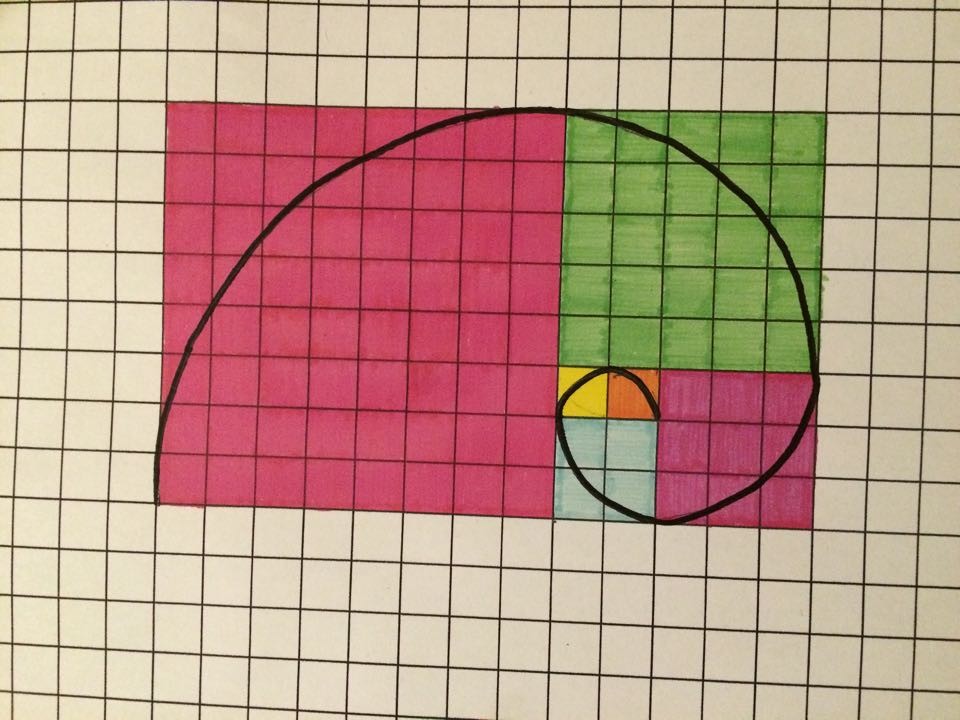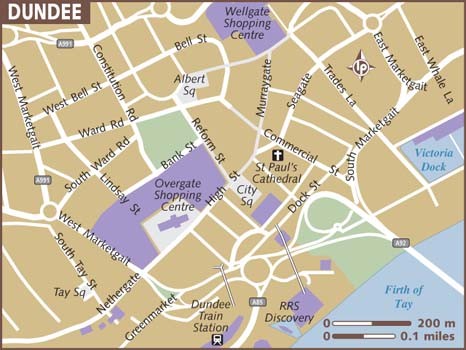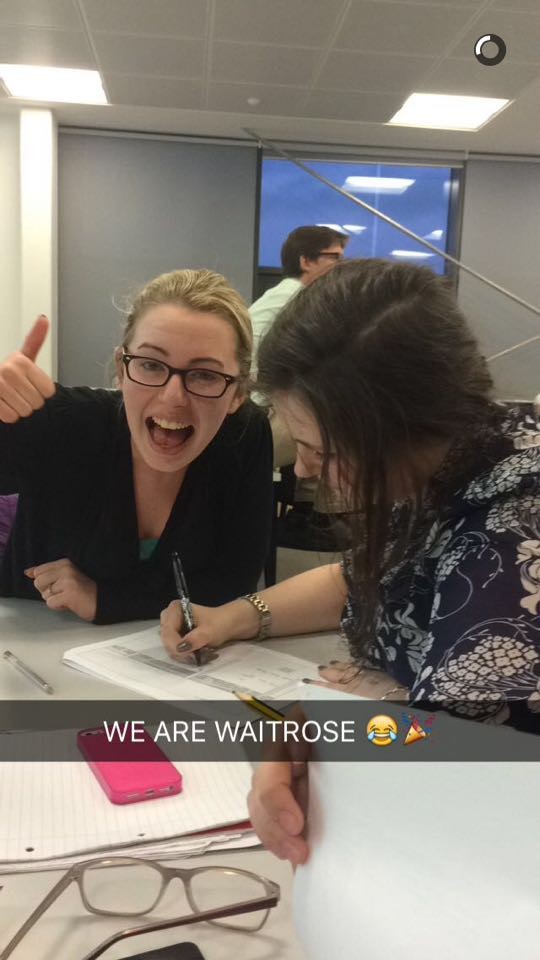At the beginning of this module, I tested myself for maths anxiety and the results suggested that I was ‘fearful’ about maths but that I didn’t have maths anxiety. As this is the end of the module, I have tested myself again and came out as ‘on the fence’, the level below the one I was a before. This is great, because it means that my feelings around mathematics have changed. It means that I am more positive and have become comfortable doing mathematics after having completed this module. Now though, I have to wonder what that means and why my feelings have changed.
The lecturer, Richard Holme, has been great. He is very enthusiastic and I thought that he was really good at keeping us interested and engaged. I also thought that he made us feel that we could ask questions and email with questions or queries to ensure that we really understood the content. This is something I am specifically going to take away from the module as I think that a lot of the feelings children will have about mathematics will come from the teacher. When teaching maths as a teacher, I would like to make the children feel that they can come to me and ask questions. I also would like for them to feel engaged and included in my lessons.
Additionally, I think that the content of the workshops we did were great because they were especially engaging. My most favourite was the ‘Demand Planning and Logistics’ workshop, especially the game we did to learn it. I thought it was a great activity to engage all of us and in response, I decided to us it as an example in my assignment. I think that other activities, such as the Fibonacci in art workshop or the using boardgames, were the same – active, engaging, and fun. I hope to do this for myself when I’m teaching.
Of course, if I am being honest, I have not enjoyed absolutely everything in this module. I found my biggest weakness came in the ‘Maths in the Outdoors’ input. I knew I couldn’t read maps before the input, but to be honest I never really thought it was that important as I don’t like the outdoors and was almost certain that I was not about to take up hillwalking. That was before I took part in the workshop and when I realised that everyone around me seemed to know a lot more than I did, knew exactly how to complete the activities we were being asked to do. I hated that floundering feeling of just not being able to access these activities and I now realise that that is exactly how any children in my class will feel when activities are simply too obscure to them. This is something that I will always keep with me and try to use to help me be the best teacher I can be. I also realise that I need to look at my map reading skills, something my friend Kim has assured me that she will help me to do this very soon!























